
- The Hong Kong Ballet has never been more accessible or its profile higher, and the company is set to wow the city with its upcoming production of The Nutcracker
“Never standing still” is not only Hong Kong Ballet’s motto but a phrase that one person after another employs when asked about working with artistic director Septime Webre.
“It was written for me!” says Webre himself, with his characteristic hoarse chuckle. “It was a year or two before me, but it’s quite apt!”
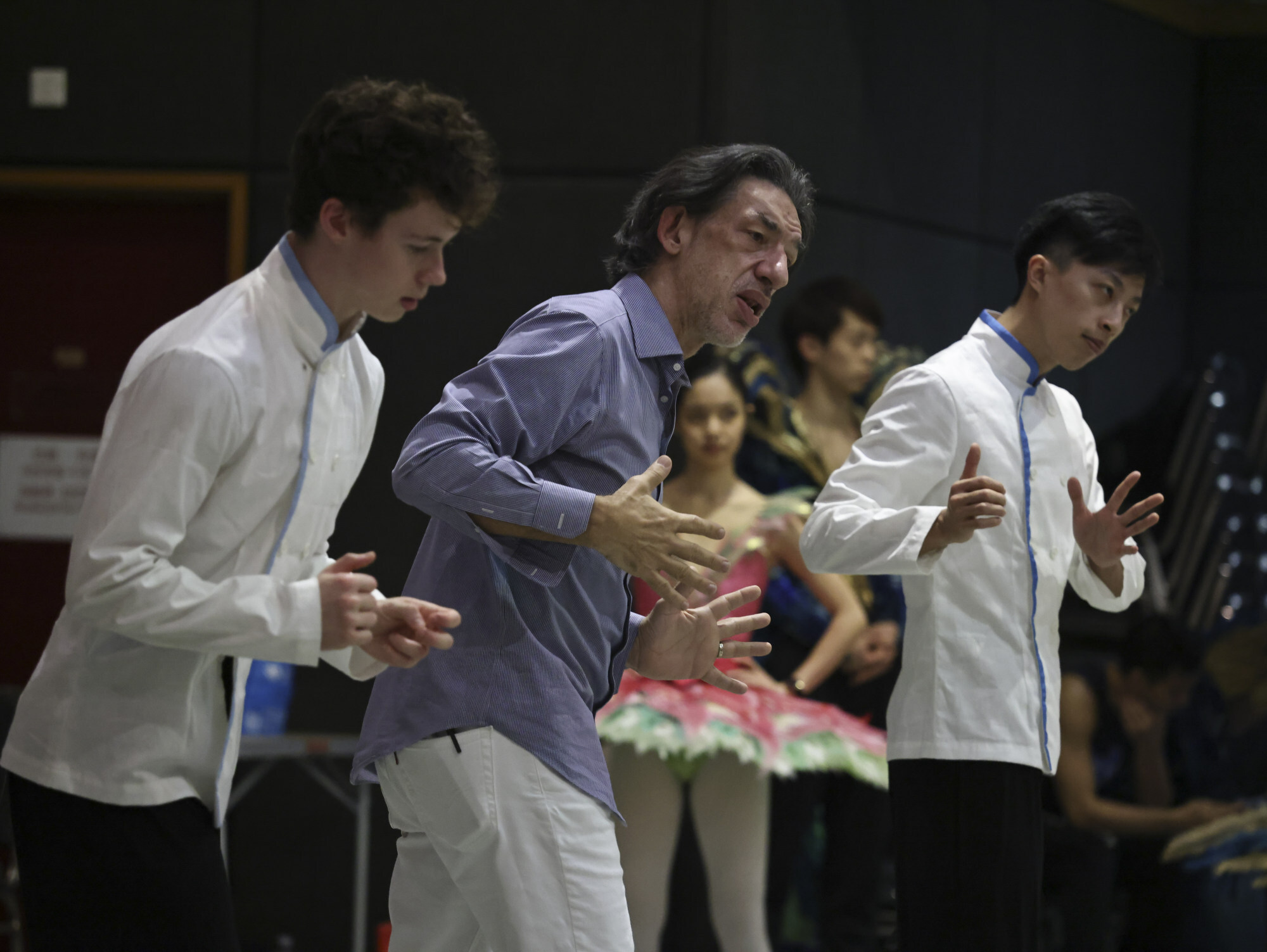
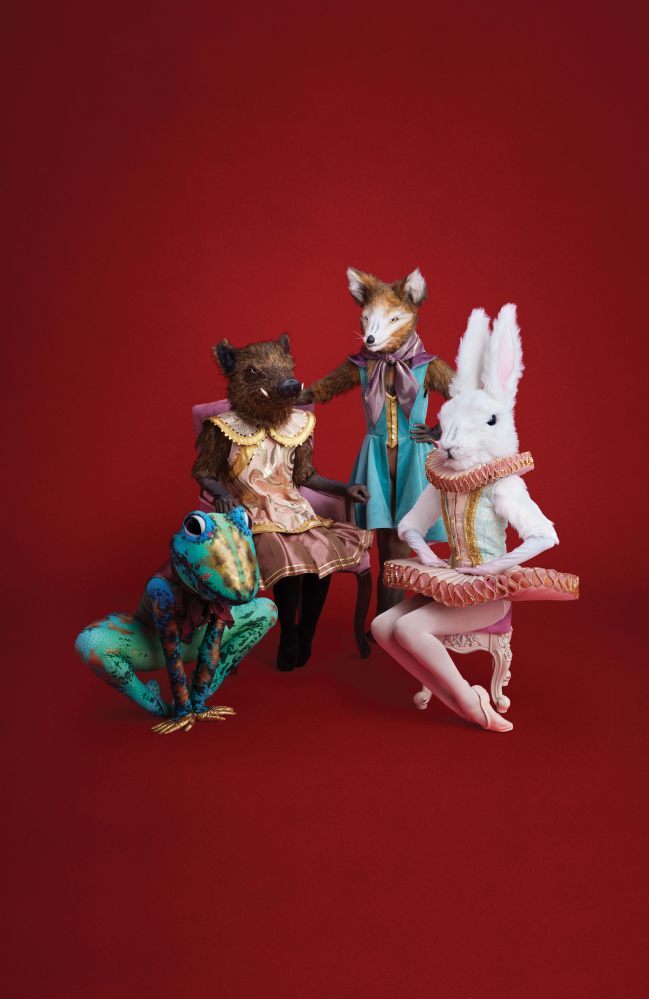
As we sit in his cramped office overlooking the company’s Cultural Centre studio in mid-November, Webre says he has achieved one of his main goals – to make Hong Kong Ballet more connected to the city.
“It’s been an important institution for so long, but I didn’t think in everyone’s mind it was a Hong Kong thing … it was a bit isolated, in an ivory tower.”
Soloist Jonathan Spigner says Webre has made the company more accessible, appealing to a new, broader audience and raising its profile with the general public.
This was done, Webre says, through quirky branding videos with the dancers out in the streets, and “engagement activities” such as pop-up performances designed to “inject more energy and attract attention”.
“People now come up to you and ask if you’re a dancer with Hong Kong Ballet,” says Spigner. “They’re really interested in what the company is doing.”
As Hong Kong Ballet turns 40, Septime Webre on ‘Peter Pan syndrome’
Choreographer and writer David Mead spends a lot of time working in Taiwan, making him one of the few international critics to have seen Hong Kong Ballet perform live over the years. He says the company “has moved on enormously” since Webre took over, finding “an identity that very much reflects the city and region”.
Mead feels that the company would “be well received overseas if they played to their strengths and took repertory that announced, ‘This is Hong Kong Ballet. This is who we are today,’ with all the colour and energy for which they are now known, it could be quite a success.”
Teacher and répétiteur Paul Boos, who was in Hong Kong to stage George Balanchine’s Jewels this year, agrees: “Webre’s recent ballets, that tell a true Hong Kong story and showcase the strengths of the company’s dancers, would be worthy bankable exports.”
So far, so good, but then “the pandemic threw a big curveball”, says Webre.

Interest remained strong after theatres reopened: “We’ve never had a show that was not sold out since we began performing again.”
If problems within Hong Kong have been surmounted, the pandemic has proved a wrecking ball for international ambitions, which Webre points out can’t be accomplished “without international artists coming here and the company itself touring”.
Two years of tours to places including the United States, South Korea and mainland China have been postponed and the log jam worldwide means some theatres have no dates available before 2024.
I want this Nutcracker to be a new tradition for Hong Kong, something that feels fresh, that’s been rethought, but has at its heart that ethos of traditionSeptime Webre, artistic director
This has directly affected the company’s 2021/22 season. A planned visit by American Ballet Theatre’s Studio Company in May has been postponed until 2023 and a much anticipated full-length ballet based on the life of Coco Chanel, scheduled for June 2022, is now on hold until March 2023.
An internationally acclaimed creative team – including choreographer Annabelle Lopez Ochoa and designer Jérôme Kaplan – should make the ballet a feather in the company’s cap, but such sought-after artists simply cannot afford 21 days in a quarantine hotel. “Annabelle should have been here for a month in January,” says Webre, “Then come back in May, but she can’t do three weeks twice.”
Two other guest choreographers – Stephen Shropshire, from the Netherlands, and Andonis Foniadakis, from Greece – have agreed to quarantine, so their new pieces will go ahead as planned in the new year. But this begs the question – why so little new work by local choreographers?
The new Nutcracker will be the fifth full-length Webre ballet to be staged in Hong Kong since he arrived, and the technical demands of his choreography are exceptionally high. “I love technique,” he admits. “YOU know that! [a good-humoured reference to caveats in some of my South China Morning Post reviews] – I probably love technique more than I should!”
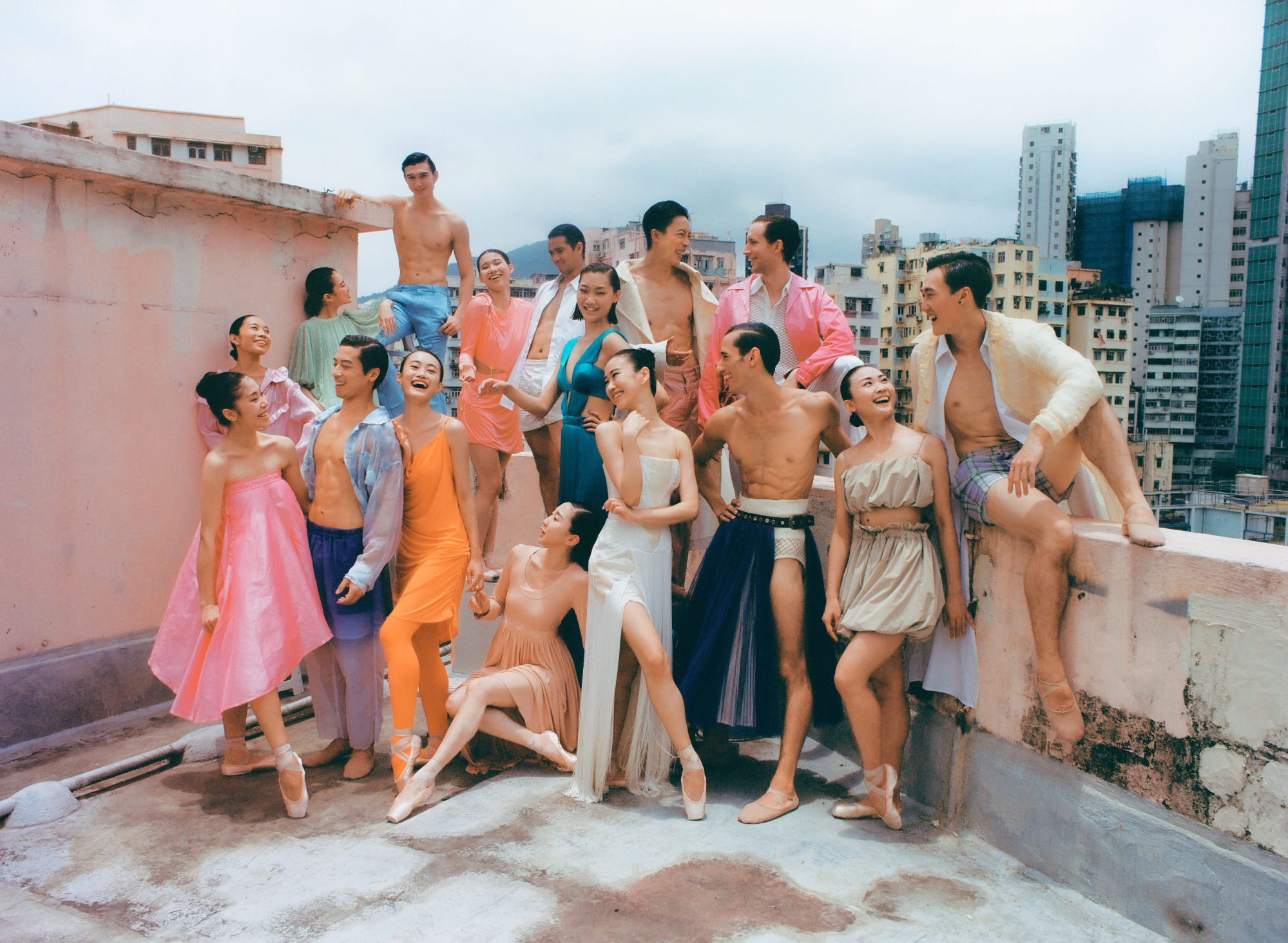
And he loves classical ballet, something which will be on full display in The Nutcracker. Unlike the company’s previous production by Terence Kohler, Webre is taking a firmly traditional approach. Holidays, he says, are about tradition:
“All cultures have a traditional dinner where families come together. There’s a time and a place for newness and I want this Nutcracker to be a new tradition for Hong Kong, something that feels fresh, that’s been rethought, but has at its heart that ethos of tradition.”
Created in St Petersburg, Russia, in 1892, The Nutcracker is a staple of every ballet company’s Christmas repertoire and the one ballet just about everyone is familiar with, fan or not. This will be Hong Kong Ballet’s third production since 1997 – a classic, traditional version by Stephen Jefferies was replaced in 2012 by a less conventional (in places, downright weird) production by the Australian Kohler.
As an American, Webre is inevitably influenced by Balanchine’s quintessential US adaptation and will retain its classic framework, where Clara remains a young girl rather than metamorphosing magically into an adult and the grand pas de deux at the end is danced by the Sugar Plum Fairy and her Cavalier. But being Webre, he has added a new twist – instead of the traditional setting, in 19th century Europe, the production is set in Hong Kong in the early 20th century, and promises to be something of a love letter to his adopted home.

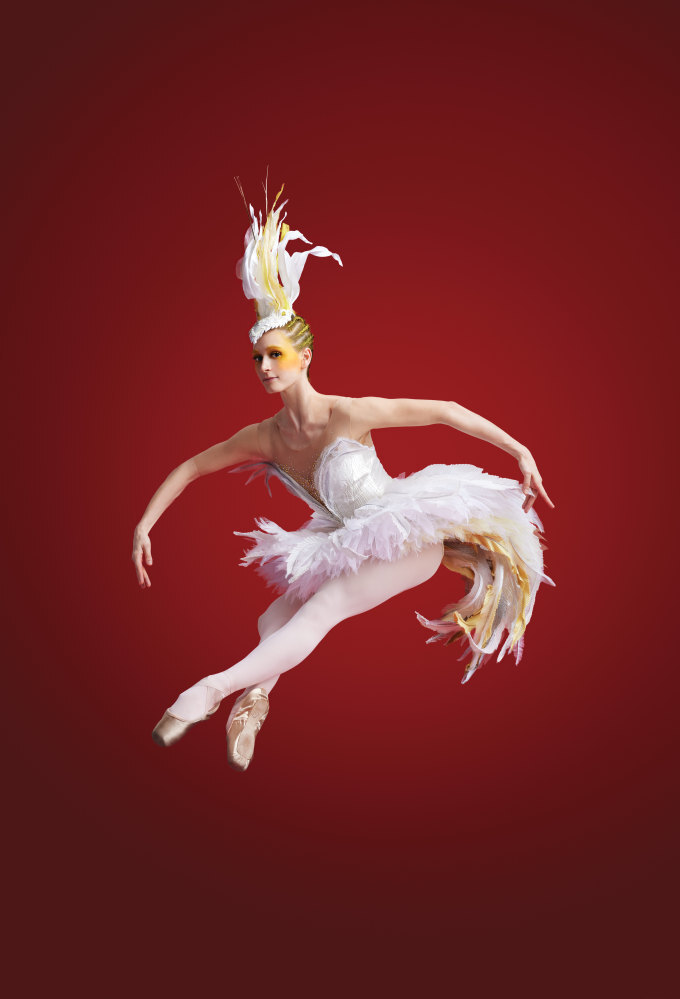
Webre chose her for her experience in staging ballet on a grand scale and her skill in creating beautiful tutus, but has brought in Albert Au Yu-kong as associate designer to ensure authenticity.
There will be no fewer than four major ballerina roles along with numerous virtuoso variations for the men, all performed by multiple casts. “It’s such a big show,” says Webre, “I’m using this to give opportunities and have time to coach.”
Trying out younger dancers will be especially important, since a series of departures this year has left the company with just one male (Shen Jie) and one female (Ye Feifei) principal dancer. Most of them retired at career’s end or because of injury, but when the company’s youngest principal, Chen Zhiyao, left at the end of the 2020/21 season it was to join another company.
“Because I’ve been a director for so long I feel rather philosophical about that kind of loss,” says Webre. “A dancer’s career is short and dancers need to feel that they can keep spreading their wings.”

Retaining talented dancers has always been a challenge. For those from China in particular, joining a company in Europe or North America is often a key career goal and going to Hong Kong, Webre points out, may be just a step towards achieving it. (This issue has become more acute since his predecessor, Madeleine Onne, became artistic director of Finnish National Ballet; no fewer than six former members of Hong Kong Ballet – more than 10 per cent of the company – have moved there, including Chen.)
Not everyone wants to move on. Spigner joined Hong Kong Ballet in 2010 and says that although he has thought of leaving from time to time, something has always happened to make him stay. “In fact, you can get just as much out of staying, and continuing to work with the same company, as you can out of moving from one country to another.”
Coming back in 2019 “felt like joining a new company – most of the staff had changed and there were a lot of new dancers”. Recently promoted to soloist, she says she loves working with Webre and his team: “They push you hard, but I like to be pushed and need to be.”
While noting that quality of life, studio environment and number of performances all affect what keeps a dancer with a company, Webre says, “the issue is not so much retention – someone like Zhiyao, even in the best environment, is going to have opportunities and I want to support their growth wherever they want to go”, adding that he prefers to focus on “aggressive recruitment”.
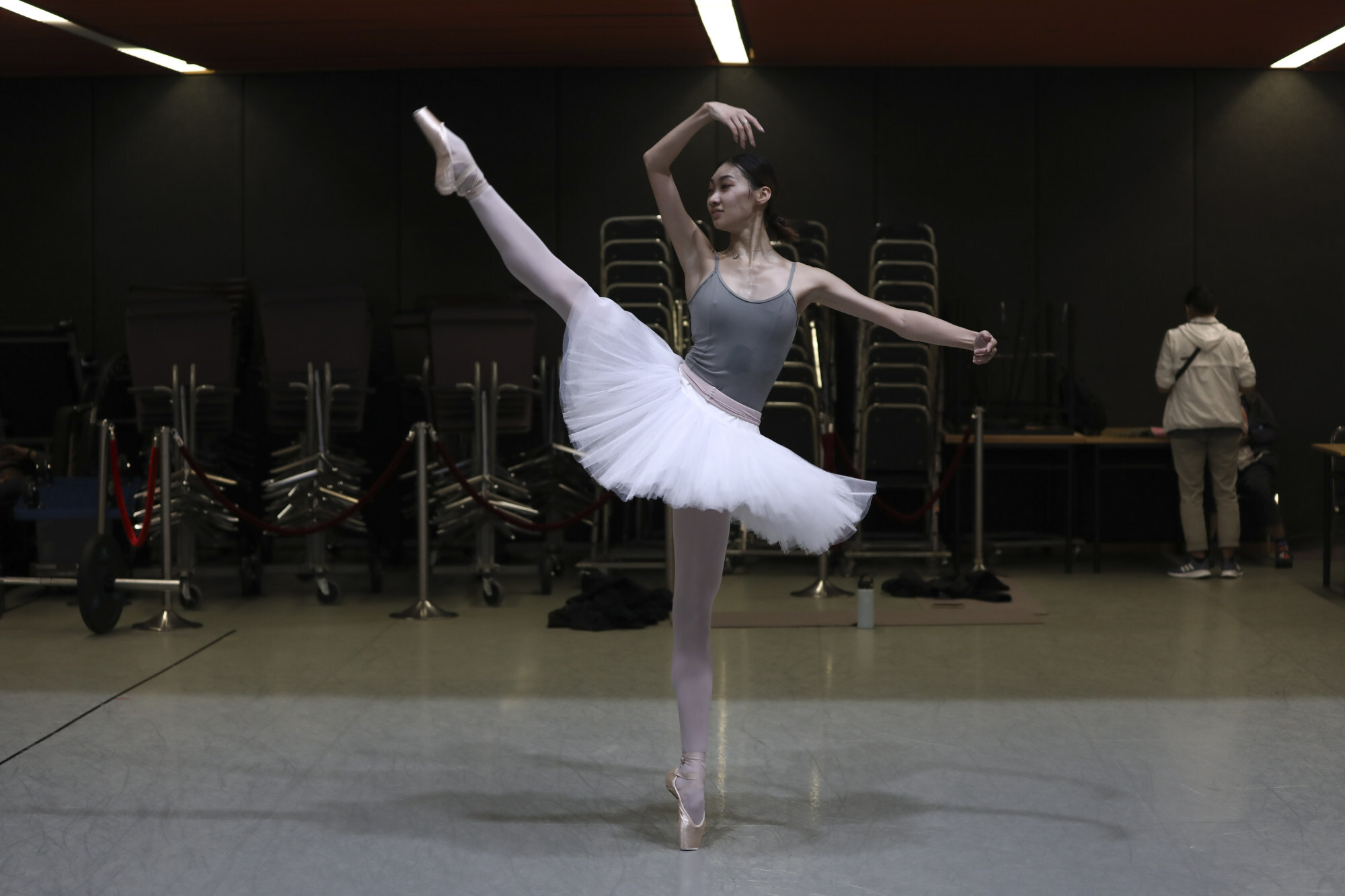
Hong Kong Ballet’s high online profile has generated a lot of interest and the last round of recruitment, necessarily digital, produced 1,000 applicants as opposed to the usual 300 or so who have applied in the past through the normal live audition process.
New recruit Yonen Takano began his career in Russia, then spent several years at the Georgian National Ballet. A principal there, he has taken a step down to join Hong Kong Ballet as a coryphée (a leading dancer of a corps de ballet). He wanted a change of direction, he says, and was attracted by the repertoire, which would allow “a chance to do new ballets and learn new things”.
He also wanted to be closer to his family in Japan, although ironically the current travel restrictions make it impossible to see them. A big change from his previous companies is having to learn multiple roles for each ballet instead of only one or two. For The Nutcracker he is learning 12. “I feel as if my brain is overheating!” he says.
At the opposite end of the experience spectrum, this is the first professional job for corps de ballet member Basil James, who graduated from London’s Royal Ballet School this year. After his digital audition caught Webre’s eye, they talked on Zoom and “I liked his vision for the company and the repertoire”. It also helped that James had competed in the Genée International Ballet Competition in Hong Kong in 2018 (where he won silver), so he already knew the place a little.
The motivation is different from school. “There, your focus is on yourself and improving what you do, here it’s on the show and getting it on stage.” He is excited to be learning multiple roles for The Nutcracker and unfazed by the workload. “If I get tired at 19,” he says cheerfully, “what will I do when I’m 23?”
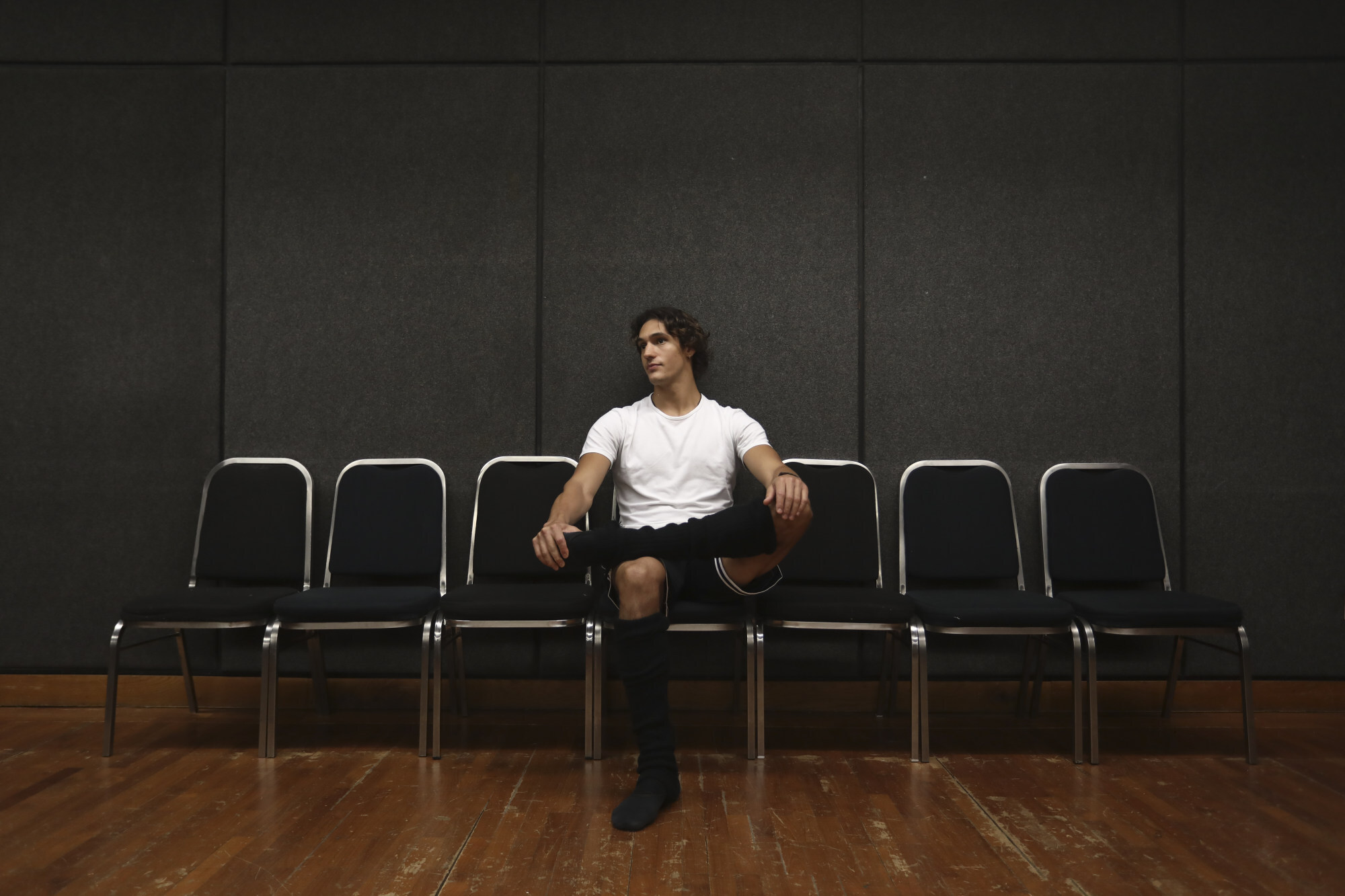
Last season’s Romeo and Juliet was the first time Camargo had danced Webre’s work. “You need to really know what you’re doing, where you’re going to save your energy, where you’re going to push, how to handle recovery,” he says.
Spigner’s view is that while Webre will work you non-stop if you let him, “as long as you tell him clearly, up front, what you can and cannot do, he has understanding”. Even doing 19 Nutcracker performances in 16 days, “you should be fine as long as you have a professional attitude and manage your body properly”.
However, while dancers such as Camargo and Spigner know how to do this, less experienced colleagues do not, and younger dancers who are keen to make a strong impression may take more risks than they should and end up injured. This is especially true for those from mainland China, who come from a culture where speaking up is not encouraged.
For Camargo, who has worked with many of the world’s top companies, it was a new experience to find himself one of the most senior dancers at 30. It’s fun to see how hungry the young ones are, he says, but there’s certainly a shortage of mature dancers. Takano also says he misses there being more senior dancers, “from whom you can learn so much just by watching them”.
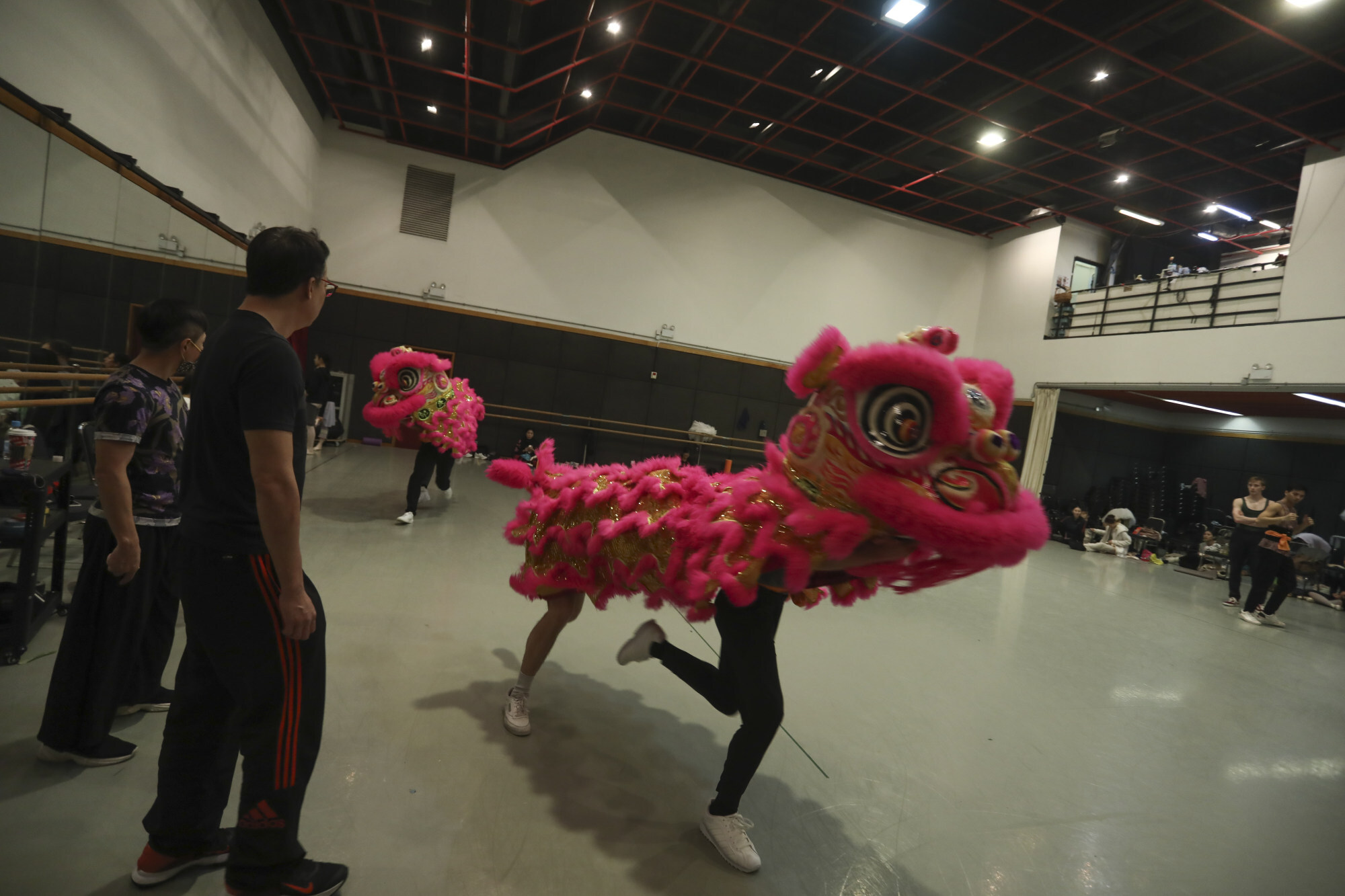

Ye, now the only senior ballerina, says wistfully that it would be nice to have more female principals – being the only one is a big responsibility. “You have to lead the company, you have to be good every time because everybody’s watching.” Previously, principals didn’t usually dance in every show. For The Nutcracker, Ye will have five roles and will be dancing one or other of them at almost every performance.
With such a workload and just 50 dancers, what happens if people get injured? (At the time of writing, several dancers were on the casualty list.) Webre says that this is the third Nutcracker he has choreographed, “So I know how to be careful.” He has cut down the Snowflakes and Waltz of the Flowers to just 12 dancers each to make it easier to cover if people drop out.
That said, the production is packed with solo roles and Webre admits, “It’s not untrue that I push it to the edge.”
“We’re at a point where the number of performances we do could grow significantly,” which is not helped by the lack of venue availability. Webre is looking forward to the opening of the Lyric Theatre (scheduled for 2024), at West Kowloon, which will make more shows possible. In the meantime, he would like to begin performing more at the Cultural Centre, where the company is a Venue Partner, but cannot always get dates for longer runs. “We should be in residence here more, the way the Hong Kong Philharmonic is,” he says.
In Webre’s view, the main problem is lack of space. With only three studios, there is no point adding more staff since, “We can’t do more than three rehearsals at a time here.” Again, the endgame is the Lyric, where Hong Kong Ballet will have studios in the new Resident Company Centre.
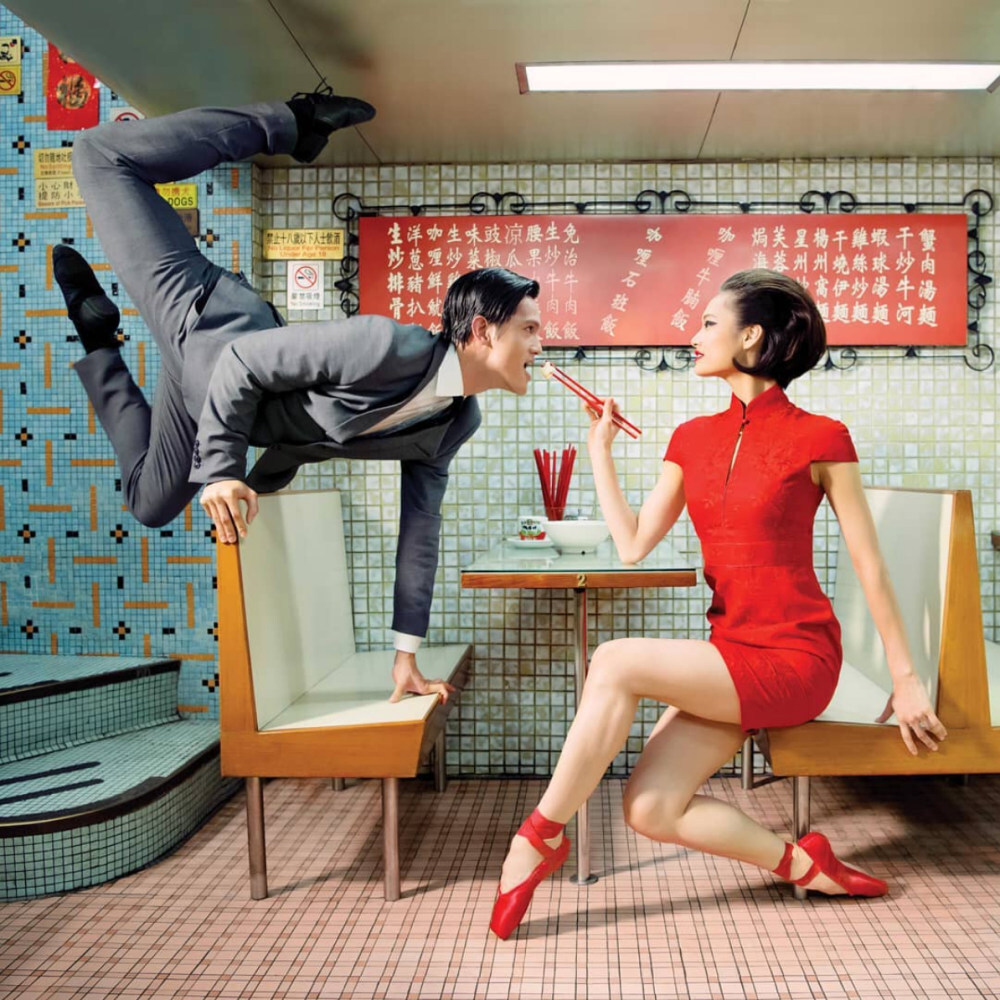
After the interview, I watch ballet master Luis R. Torres, one of Webre’s artistic team, rehearsing three ballerinas in the virtuoso role of the Dewdrop Fairy. “Force – momentum – balance!” he shouts, as they attempt a fast-paced diagonal of fiendishly difficult turns.
Webre has certainly brought force and momentum to Hong Kong Ballet and there’s no doubting his passion for its future. It remains to be seen whether the company will be able to strike a balance between the exhilaration on the one hand and exhaustion on the other of working with Webre. But then, “never standing still” also applies to the city itself.
And, as Webre says, “Every ballet company has to be about where you’re from. So Hong Kong Ballet has to be about Hong Kong, the essential Hong Kong soul.”

